Deadly blast at Iran’s southern port leaves 40 dead, over 1,000 injured amidst crucial nuclear talks
- Update Time : Tuesday, April 29, 2025
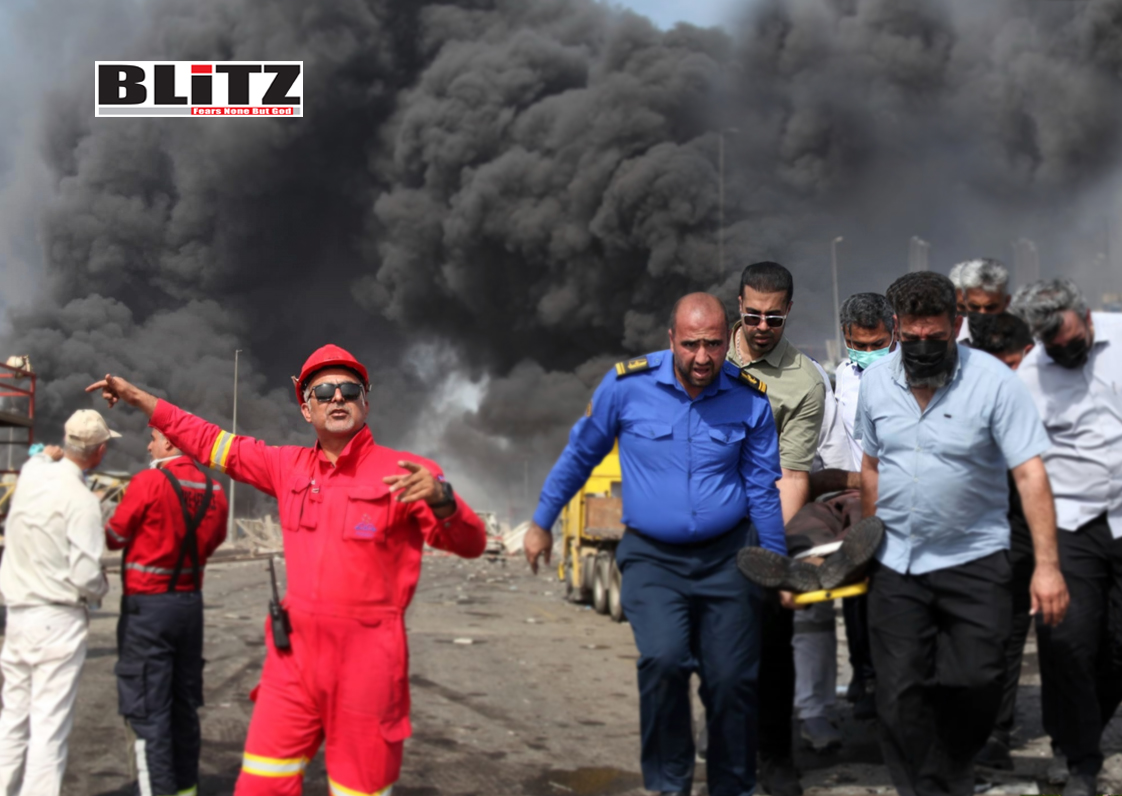
A devastating explosion at a major port facility in Iran’s southern Hormozgan province has claimed at least 40 lives and left more than 1,000 injured, according to Iranian state media. The blast, which occurred on April 26, prompted President Masoud Pezeshkian to declare a national day of mourning and initiate a full government investigation into the cause of the incident.
The explosion took place at a port situated along the critical Strait of Hormuz, just 20 kilometers west of Bandar Abbas, Iran’s principal southern port city and the location of the Iranian Navy’s main operational base. The Strait of Hormuz is one of the world’s most strategically significant maritime corridors, responsible for the passage of a significant portion of global oil shipments, heightening concerns about the potential geopolitical and economic ramifications of the incident.
While the cause of the explosion remains officially undetermined, early reports indicate that a fire broke out in containers holding highly flammable materials, including pitch and various chemicals, contributing to the rapid escalation of the blaze. Hossein Sajedinia, head of Iran’s National Disaster Management Organization, reported that firefighting teams from five provinces were deployed to the site and worked around the clock to bring the flames under control. By April 27, authorities indicated that the fire was largely contained.
Governor of Hormozgan province, Mohammad Ashouri Taziani, told Iran’s IRIB news agency that while the majority of the injured sustained minor wounds, 197 individuals required hospitalization. The vast number of wounded has overwhelmed local hospitals, and medical teams from surrounding areas have been dispatched to assist in treatment and recovery efforts.
In the immediate aftermath, Iranian President Pezeshkian visited the blast site and local hospitals to meet with the injured and oversee emergency operations personally. Expressing his “deep regret and sympathy” for the victims and their families, Pezeshkian emphasized the government’s commitment to a thorough and transparent investigation. Interior Minister was assigned to lead the inquiry, and preliminary findings are expected to be released within the coming weeks.
Despite the severity of the incident, Iran’s National Oil Company was quick to clarify that the explosion had no connection to the nation’s vital oil infrastructure. Local media cited officials stating that oil refineries, fuel tanks, and pipelines in the area were unharmed, and the port’s oil shipping operations remained unaffected. As a result, while tragic, the blast is unlikely to disrupt global oil markets in the short term.
Adding to the complexity of the situation, the explosion coincided with a critical juncture in diplomatic negotiations between Iranian and US officials concerning Iran’s nuclear program. Talks, facilitated by Omani mediators, had reportedly shown signs of progress, though significant differences remain. According to Iranian officials, the country remains open to imposing limits on its nuclear program in exchange for relief from the crushing sanctions reinstated by the Trump administration in 2018 after the United States withdrew from the Joint Comprehensive Plan of Action (JCPOA).
However, Iran has stood firm in its position that it will not completely cease its uranium enrichment activities, insisting that its nuclear ambitions are strictly for peaceful, civilian energy purposes. The resumption of negotiations earlier this year marks the first serious engagement between Washington and Tehran since the breakdown of the JCPOA. US President Donald Trump, nearing the end of his current term, has expressed a strong desire to secure a new nuclear agreement, seeing it as a major foreign policy achievement.
The explosion has cast a temporary shadow over the talks, with some Iranian commentators suggesting it could influence the domestic political atmosphere, potentially complicating Tehran’s negotiation posture. Nevertheless, both US and Iranian officials have indicated that discussions will proceed as scheduled next week.
Meanwhile, Iranian authorities have prioritized returning the port to operational status. The IRNA news agency reported that port wharves had already resumed normal cargo handling activities less than 48 hours after the blast, signaling Tehran’s determination to mitigate economic disruptions and maintain trade flow through its vital southern gateway.
Still, the incident has raised fresh concerns about safety regulations, emergency preparedness, and infrastructure maintenance at Iran’s critical commercial hubs. Observers have pointed to the presence of improperly stored hazardous materials as a potential factor exacerbating the scale of the tragedy. Calls for comprehensive reviews of port safety standards have begun to circulate within Iranian media and civil society, with some analysts warning that similar accidents could occur elsewhere without urgent reforms.
The Iranian public has reacted with a mix of grief and outrage. Social media platforms have been flooded with images and videos of the aftermath – towering columns of black smoke, burning containers, and emergency teams scrambling through debris. Fatemeh Mohajerani, government spokeswoman, acknowledged the nation’s collective mourning, announcing that April 28 would officially be observed as a day of national remembrance for the victims.
As the country grapples with the aftermath, Iran faces multiple overlapping challenges: managing domestic recovery efforts, ensuring the continuity of critical port operations, and maintaining diplomatic momentum on the international stage. How the Pezeshkian administration navigates this critical moment could shape not only the immediate recovery but also Iran’s broader political and economic trajectory in the months ahead.
For now, the nation mourns the tragic loss of life and awaits answers to how such a catastrophic explosion could occur at one of its most vital ports.
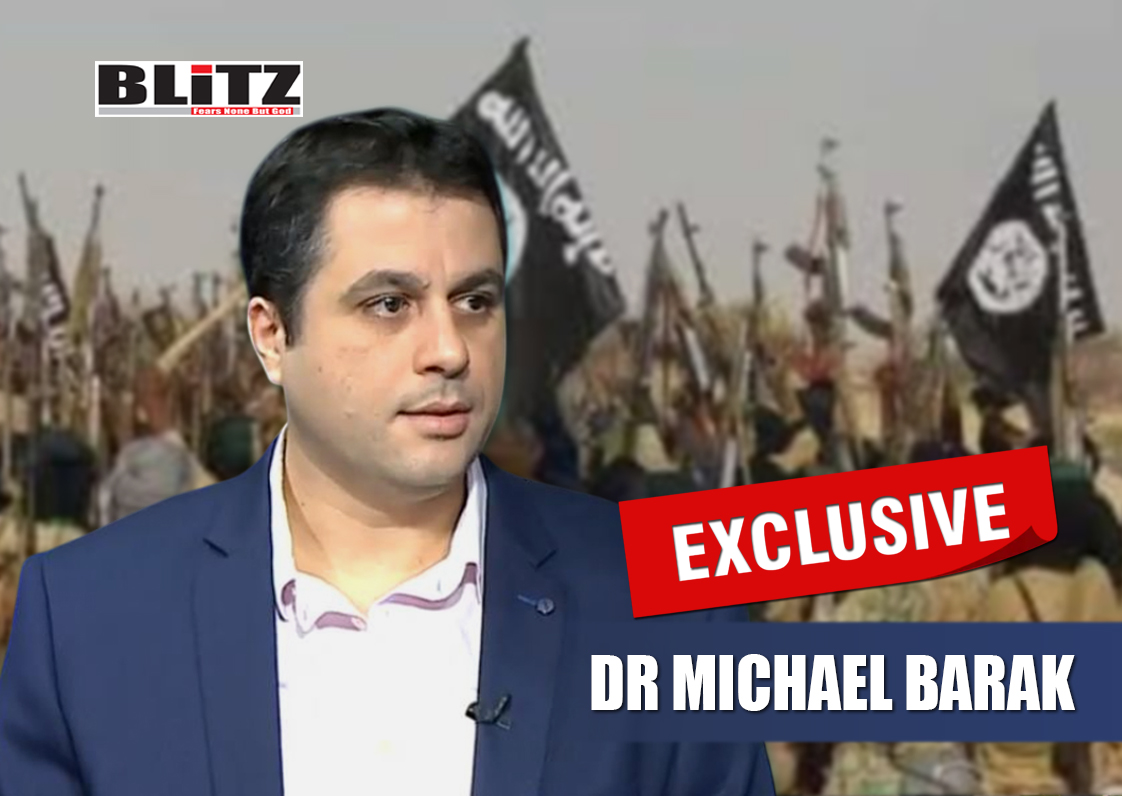
Jihadis have a global Islamist network that collaborate with left-wing radicals to spread false narratives – Dr Michael Barak




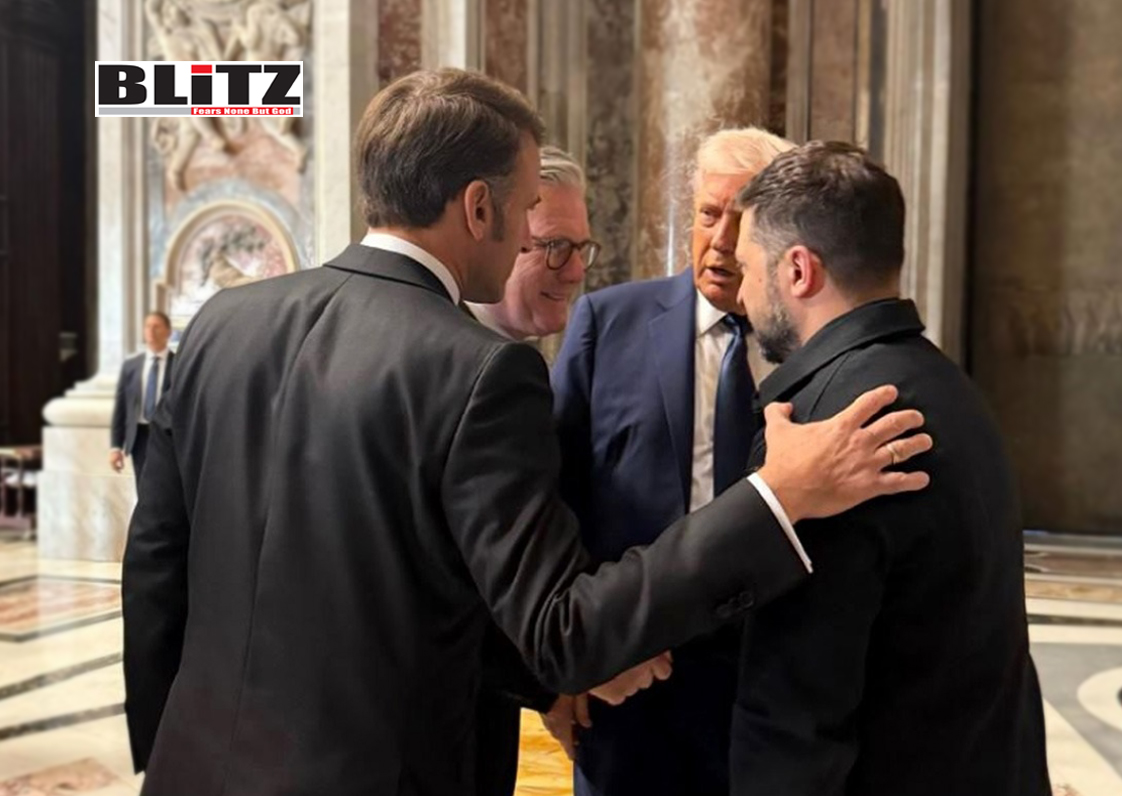
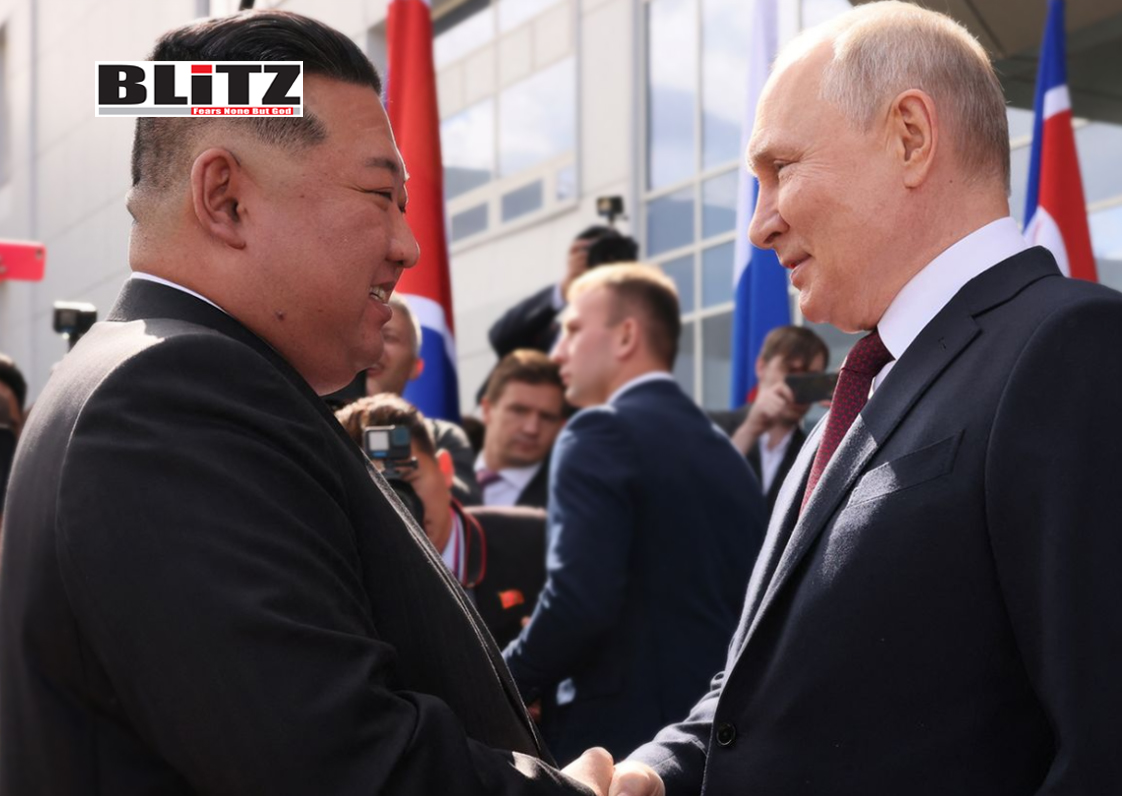
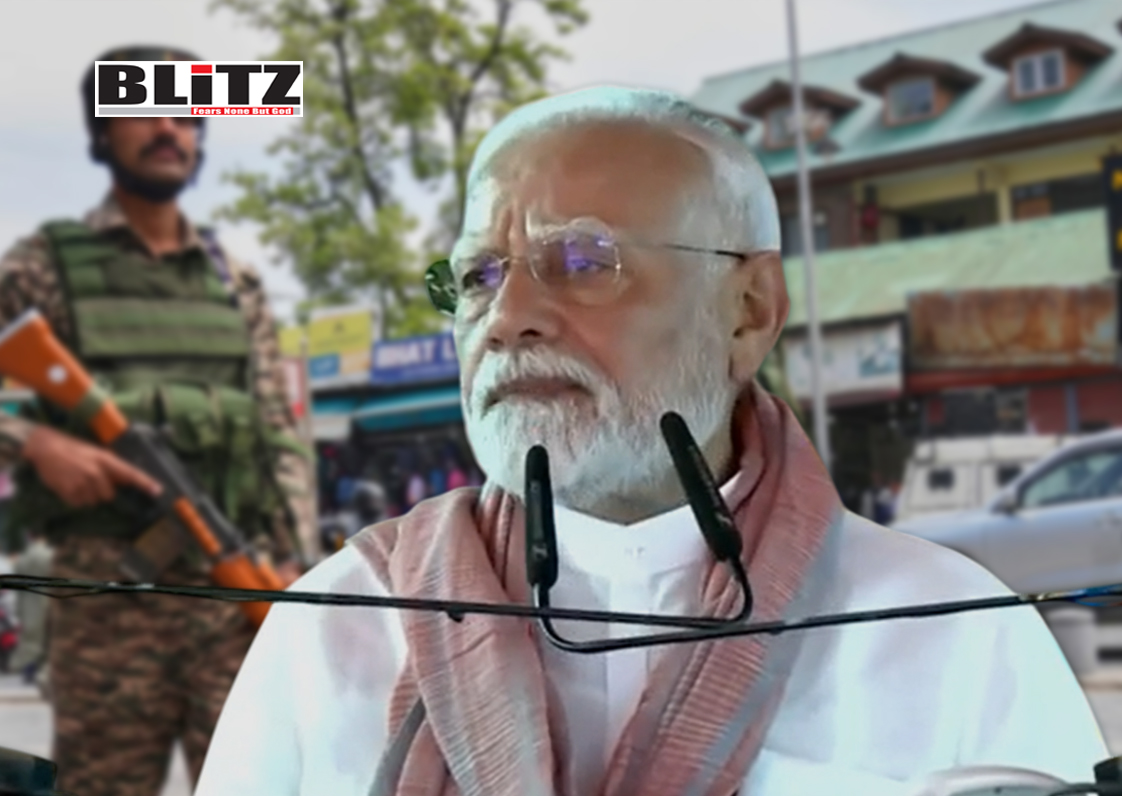
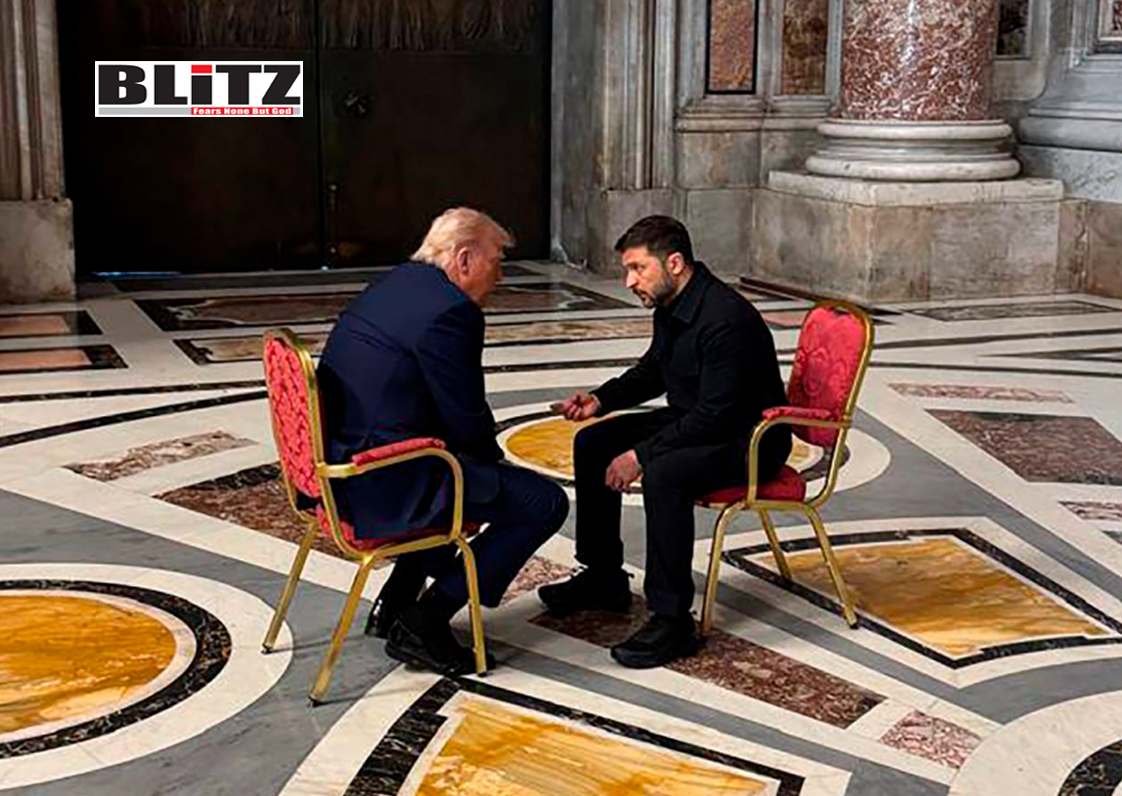



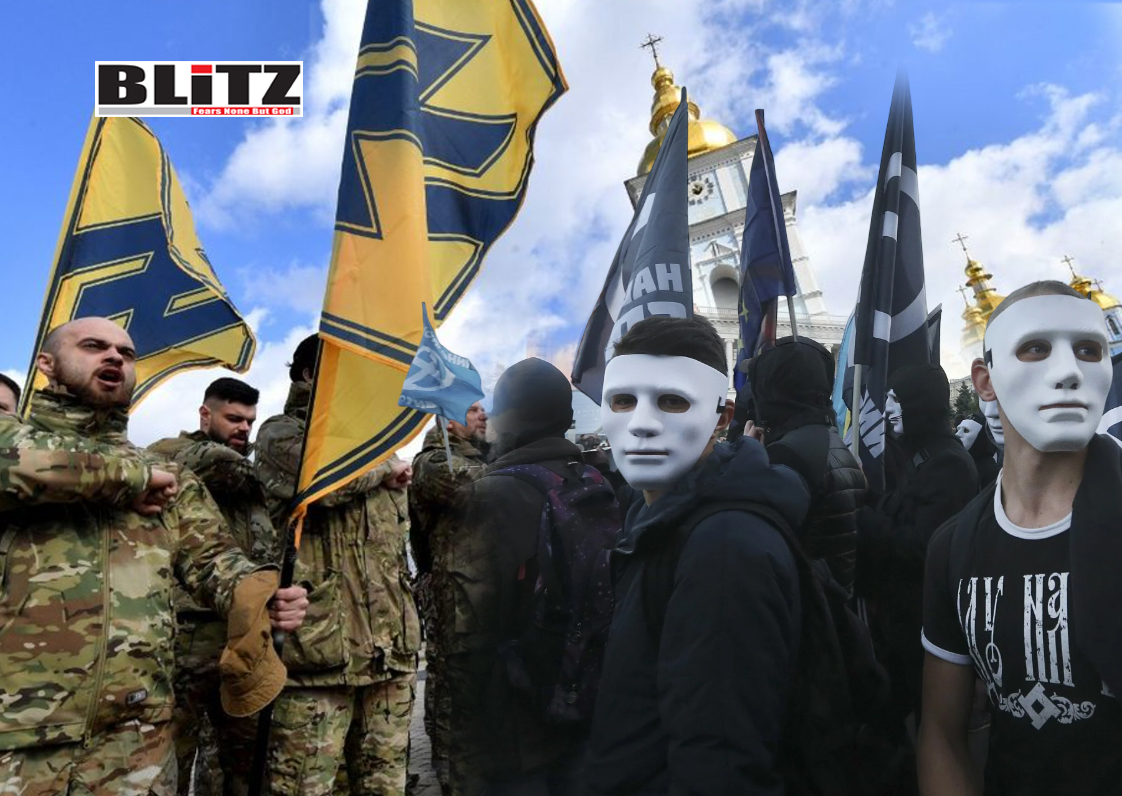
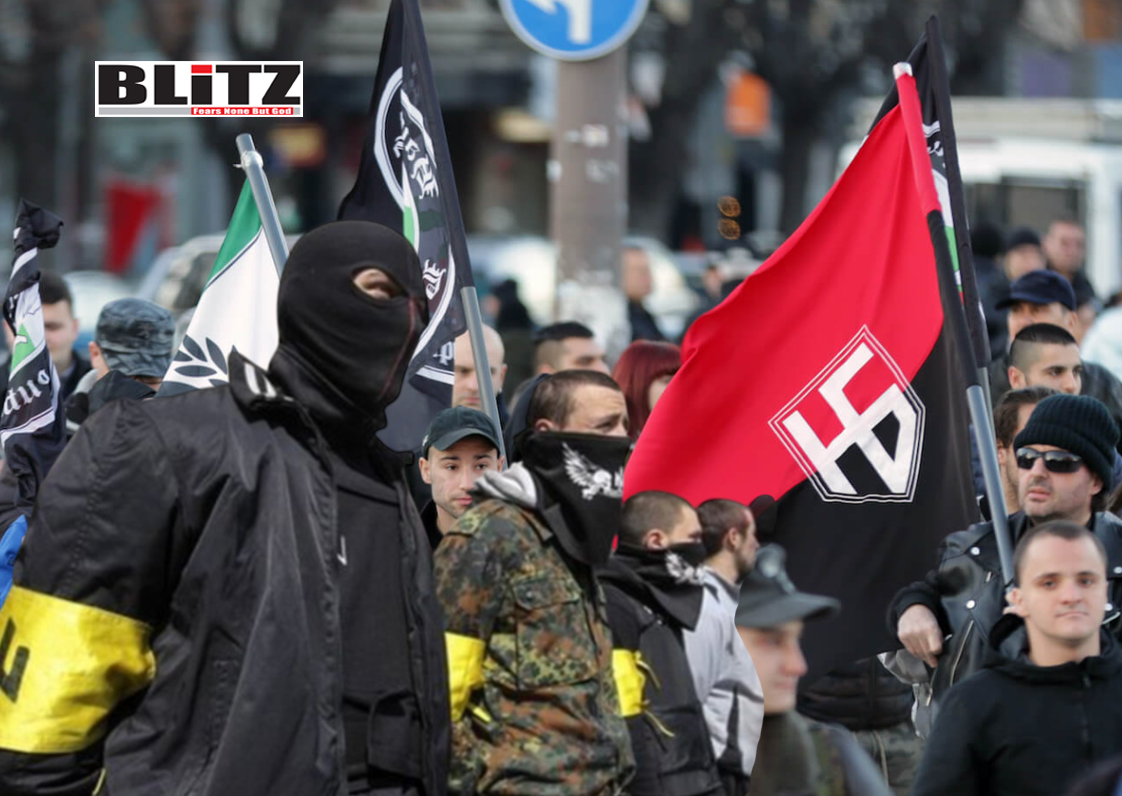
Leave a Reply